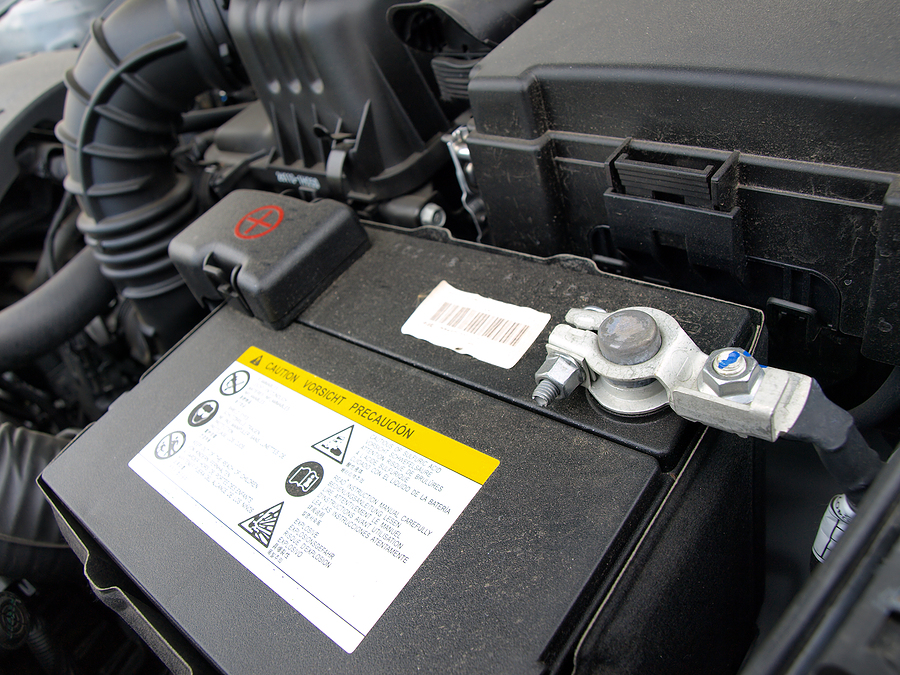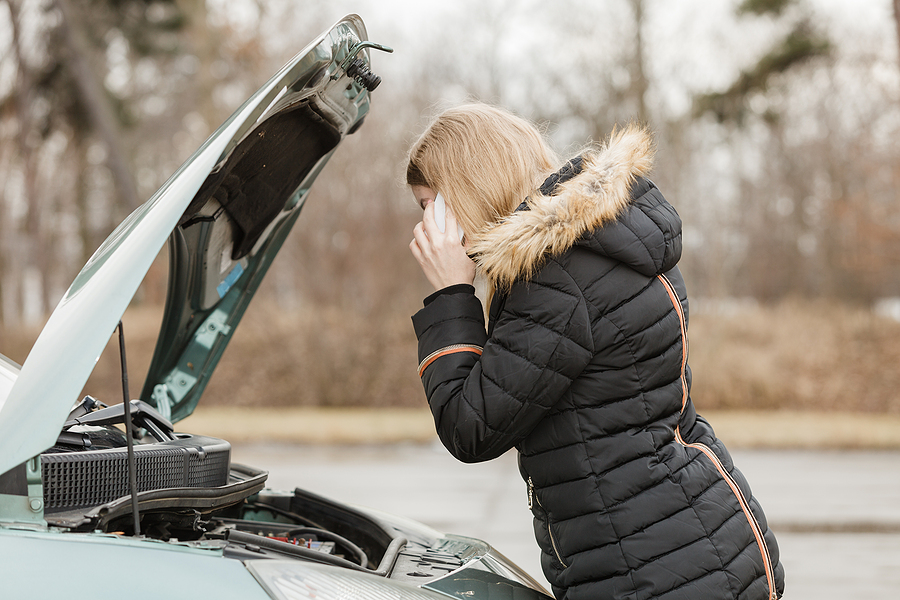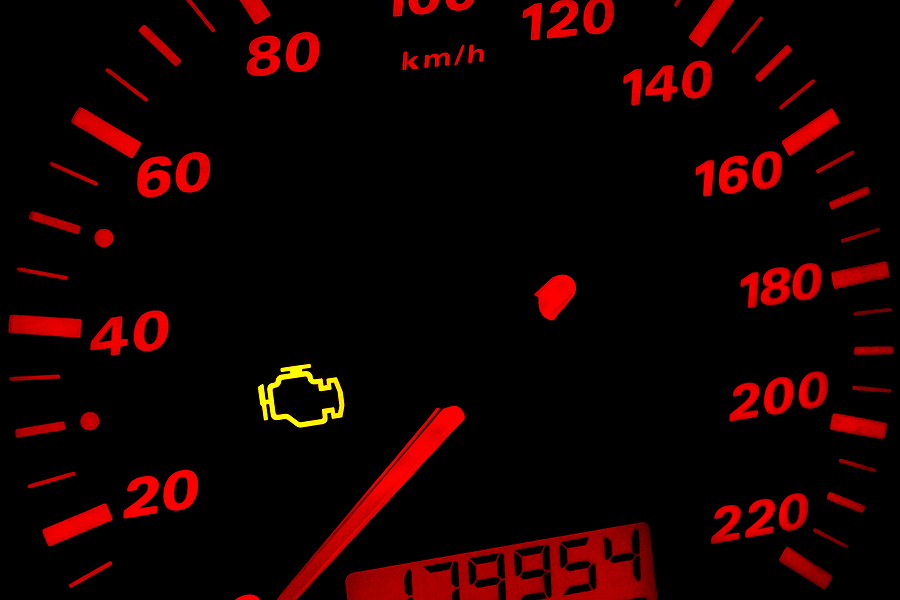When was the last time you thought about your car’s oil filter? It’s often overlooked, yet this small component plays a monumental role in keeping your engine running smoothly. A clogged or neglected oil filter can spell disaster for your vehicle, leading to costly repairs and reduced performance. This guide unveils the vital role of automotive oil filters, how to know when it’s time for a replacement, and why proper maintenance is crucial for optimal engine health.
By the end of this post, you’ll not only understand the importance of a well-maintained oil filter but also feel equipped to make informed decisions about replacing it—whether DIY or with a professional.

What Does an Oil Filter Do?
At its core, the oil filter is your engine’s guard dog. Its job? To ensure clean, contaminant-free oil flows into the engine. Here’s a closer look at what this hardworking component does:
- Removes Contaminants: The oil circulating through your engine can pick up dirt, sludge, and metal particles. Oil filters trap these impurities, preventing them from circulating further and causing wear and tear.
- Maintains Oil Flow: By keeping the oil clean, the filter ensures it flows freely throughout the engine, keeping the various components lubricated and functioning smoothly.
- Prolongs Engine Lifespan: A clean oil filter significantly reduces friction and wear, helping your engine operate efficiently and last longer.
Without a properly functioning oil filter, you run the risk of damaging vital engine components, leading to poor performance and eventual breakdown.
Signs of a Clogged Oil Filter in a Car
Not sure if your oil filter is causing an issue? Here are some telltale signs that it may be clogged or nearing the end of its lifespan:
- Engine Knocking: Dirty oil or a restricted flow due to a clogged filter can cause metal components inside the engine to grind together, resulting in unusual knocking or ticking noises.
- Decreased Oil Pressure: A clogged oil filter can cause oil pressure to drop, as oil struggles to find its way through the filter.
- Oil Discoloration: If your oil appears unusually dark or gritty during a check, it may indicate the filter isn’t doing its job of trapping contaminants effectively.
- Warning Lights: Low oil pressure or oil replacement warning lights on your dashboard are flashing? Take those seriously—they often signal filter or oil issues.
Ignoring these signs can lead to severe damage, so act promptly if you notice any of these symptoms.
How Often Should You Replace Your Oil Filter?
Replacing your oil filter regularly is key to maintaining engine health. But how often should you do it?
- Consult Your Manufacturer’s Guide: Your vehicle’s manual is a goldmine of information. Most manufacturers recommend replacing the oil filter during every oil change (usually every 3,000 to 7,500 miles).
- Consider Driving Conditions: Frequent short trips, stop-and-go traffic, or driving in dusty environments put extra strain on your oil filter, necessitating more frequent replacements.
- Take Oil Type into Account: Synthetic oils tend to last longer than conventional oils, meaning you may not need to change the filter as often if you’re using synthetic.
Sticking to these intervals ensures clean oil flows freely through your engine, enhancing overall performance and longevity.
DIY vs. Professional Oil Filter Replacement
Wondering whether to roll up your sleeves or leave it to the experts? Here’s a breakdown of the pros and cons of each option.
DIY Oil Filter Replacement
Pros:
- More affordable, as you only pay for the filter and oil.
- Gives you greater control over the process and helps you learn more about your vehicle.
Cons:
- Requires some mechanical knowledge and tools.
- Mistakes can lead to leaks, improper installation, or even engine damage.
Professional Replacement
Pros:
- Expertise ensures the job is done right, with proper disposal of old oil and filters.
- Quick and convenient for busy schedules.
Cons:
- Higher cost compared to DIY.
- Shop scams are out there.
If you’re confident in your skills and enjoy hands-on vehicle maintenance, DIY may be a good option. For peace of mind and optimal results, a professional service could be worth the investment.
Choosing the Right Oil Filter
Not all oil filters are created equal choosing the right one for your vehicle is essential. Here are the key factors to consider:
- Filter Type: Depending on your vehicle, you may need a full-flow filter, a bypass filter, or a combination of both. Check your manual to confirm compatibility.
- Filtration Efficiency: Opt for a filter with higher efficiency ratings, as it will do a better job of trapping impurities.
- Size and Compatibility: Ensure the oil filter fits your vehicle’s specifications. An incorrect size could lead to leaks or fitment issues.
- Brand Reputation: Stick to reputable brands known for their quality and reliability. Saving a few bucks on a generic filter may cost you more in the long run.
Taking the time to select the right oil filter can make a world of difference in maintaining your vehicle’s health and performance.
Conclusion
Your vehicle works hard for you—return the favor by prioritizing regular oil filter maintenance. A clean and functional oil filter is the unsung hero behind a well-performing engine, extending your vehicle’s lifespan and reducing costly repairs. Whether you choose to replace it yourself or rely on a trusted professional, the important thing is to make it a priority.
Don’t wait until warning lights flash or engine noise signals trouble. Keep an eye on mileage, driving conditions, and oil quality, and remember to choose the right oil filter for your car. Take charge of your vehicle’s health today. A smooth ride—and a happy engine—awaits!
Is your uninsured vehicle too far past the point of repair or maintenance? Contact GC’s Junk Cars at 513-991-4776 and get paid cash on the spot with our easy junk car selling process in Cincinnati, Ohio. We accept all make and model vehicles and auto parts, regardless of condition. We also provide free junk car removal!
Related Posts:
Tips for Properly Maintaining an Antique Car While in Storage
Maintenance Tips for a High Mileage Car
When Repairs Break the Bank: The Hidden Costs of Car Breakdowns









